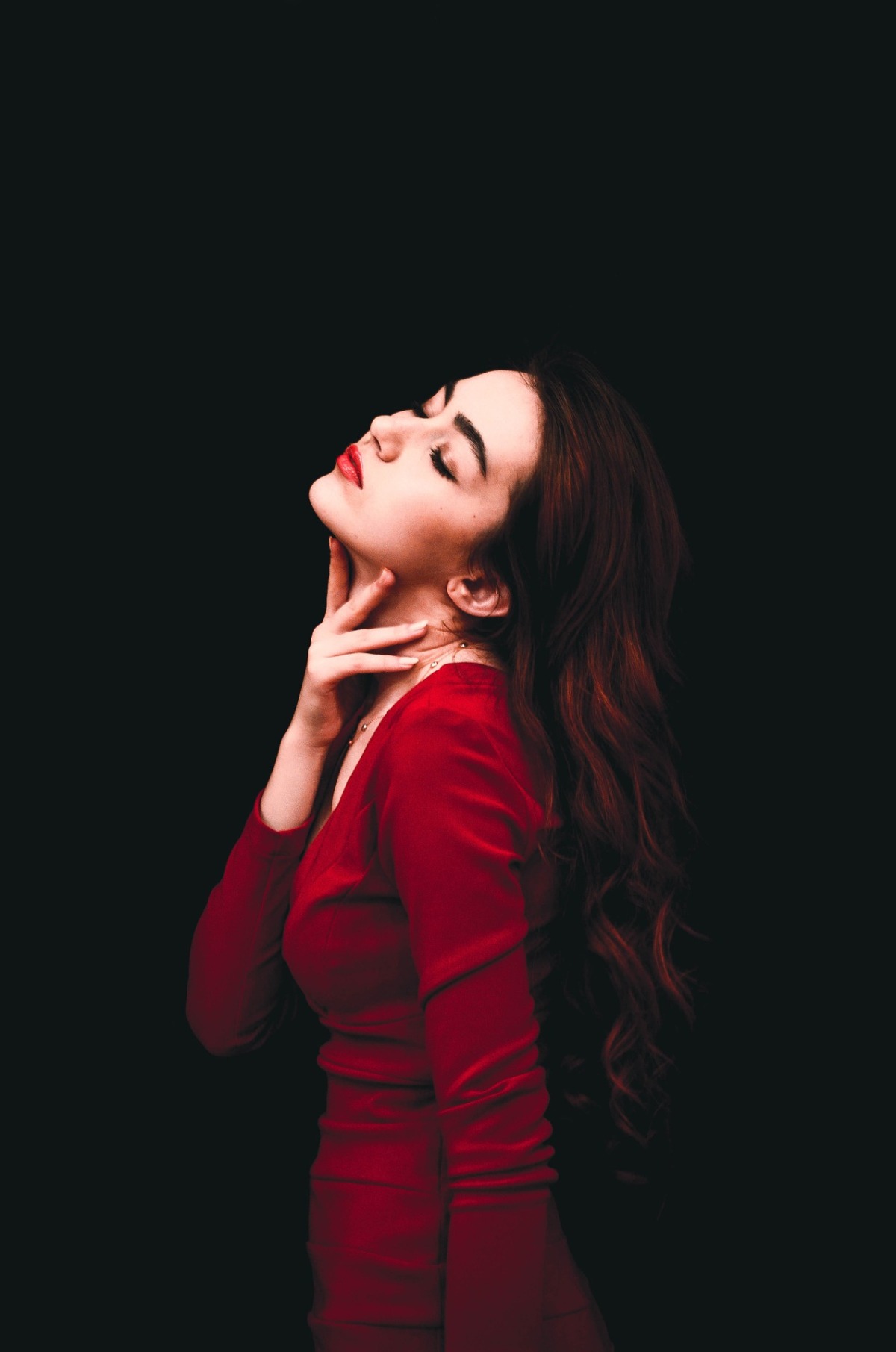This post is one of a series of writing exercises that I’ve used, either in a writing course or on my own. Each post includes this disclaimer, a description of the exercise, and an example from my own writing. If you would like to try out the exercises on your own blog, refer to the exercise in the title and ping back to this post (if you have a WordPress blog). Or you may simply leave a link in the comment section so I and others can check out your work.

We experience the world through our five senses. When we write, we are limited to filtering our ideas and emotions through the mode of our bodies. That’s why abstract writing is often very difficult for us to connect to as readers. We have no way of absorbing the dimensions of those ideas through purely intellectual means (one would argue that mathematicians and philosophers are able to do this but even they avail themselves of symbols to stand in for abstractions, not unlike our use of language).
Therefore, to create immediacy and engagement when conveying abstractions such as love, justice, courage, jealousy, hatred, etc., it’s important to try to make the reader feel these ideas through their senses. One way we can do this is through the use of figurative language.
Metaphorical or figurative language is the bread and butter of poets and writers. One way to understand the use of this type of language is to remember that all figurative language is a comparison. The metaphor, simile, hyperboles, personification, synecdoche – all of these modes exist to concretize abstractions through the use of comparisons involving the senses. Mastering the use of this tool can bring power, resonance and immediacy to a scene or description in a larger work.
Exercise: Choose a concept, emotion or idea and create or revise a piece of writing that uses concrete comparisons to convey the abstraction. You may choose to use one overarching comparison or a series of related ones to convey your meaning.
Be aware that in a short writing piece, it is best to limit your use of figurative language to a central motif so that your piece is not overwhelmed by a flurry of imagery.
In “The Red Dress,” I choose to convey the limitations agoraphobia imposes on a relationship. Pay attention to the way the concept of space is manipulated as well as the persistent use of bird imagery.
The Red Dress
“It’s all so public, isn’t it? The dancing, the music, the way people touch each other,” Rachel said, her hands waving like a pair of hummingbirds searching for a place to land. They found peace when she reached across the kitchen counter to test the latch on the window above the sink.
Joshua walked very deliberately towards her, careful to not startle her with his movements. Outside of his home, he moved with careless abandon, his body free to lumber along, make noise, swing itself out in wide arcs, and stretch into space as far as he could reach. But in the home he shared with his wife, he contracted inward, careful not to move with even natural suddenness for fear she would relapse and retreat into the fortress of their bedroom again.
“Just this once, Rachel. You’ll like it. I have that striped suit I’ve never worn before,” Joshua answered. “You know, the one I bought for Marianne’s Christmas Party?”
She twitched slightly, a ripple of motion that crawled over the surface of her skin. “So many people. I wonder if I would even remember how to dance? Do you remember that one party boat we took from Manhattan?”
“I do. You could wear the red dress from that night. I’ve always liked that one.”
She moved away, fidgeting with the lock on the door leading to the garden, cocking her head to the side with quick, jerky movements to admire, as she often did, the blooms unfurling beneath the endless blue sky.
“I wouldn’t want to expose my back to the cold,” she answered, shivering as if she’d already put on the dress. He wanted to scream at her, shake her hard and tell her she was safe, that the world was not conspiring to crush her, that neither of them were worth the effort. But she’d never believe him and he’d only feel worse for making her cry. So he trailed behind her as she jimmied locks she’d sealed that morning.
“A shawl, then. Or a bolero jacket. It would keep you warm.”
She slipped her fingers behind the venetian blinds, then turned to stare at him, looking older than fear, older than a woman should ever look. Lines appeared around her eyes, crinkling the smooth skin at the corners of her lips. Her skin morphed into something pallid and sallow, provoking his pity and rage in equal measure.
“I did very much love to dance.”





